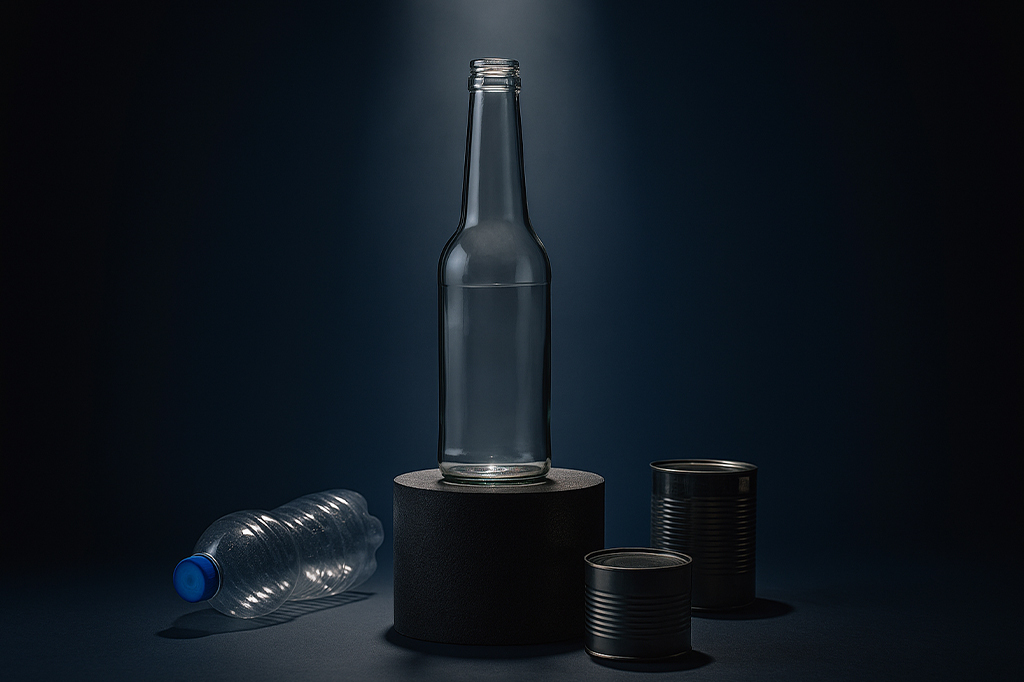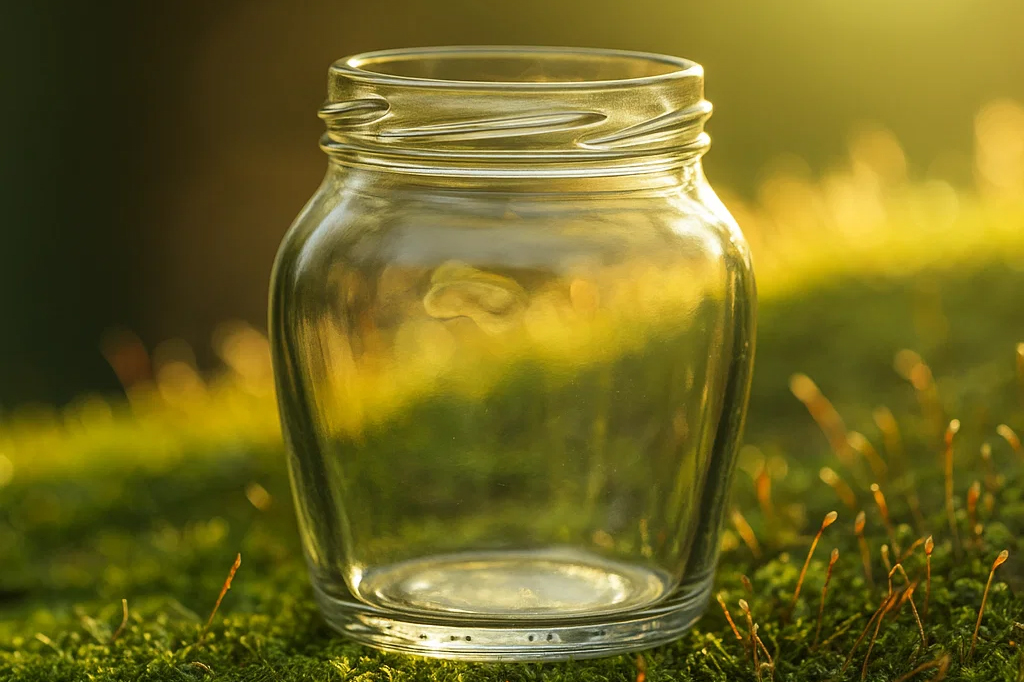When choosing the right packaging, food and beverage companies often compare glass, plastic, and aluminium. Each material has its advantages, but when looking at true cost, sustainability performance, and brand perception, glass continues to stand out as the premium choice.
In this article, we’ll explore the hidden costs, lifecycle analysis, and consumer marketing impact of each material to help businesses make informed decisions—featuring some of Glassworks International’s most popular glass packaging solutions.

The Cost Debate: Short-Term vs. Long-Term ROI
Key takeaway: Glass may not always be the cheapest on paper, but its eco-packaging ROI is higher when factoring in regulatory costs, consumer loyalty, and sustainability credentials. Glass, while heavier, offers excellent reuse potential and long shelf-life benefits.
Using recycled glass (cullet) helps lower both manufacturing costs and energy consumption, while innovations in lightweight designs – such as the 330ml Mixer and 275ml/250ml Mixer have made transport more efficient and reduced the impact of recent government packaging taxes.

Sustainability Comparison: A Lifecycle Perspective
Glass Packaging
Plastic Packaging
Aluminium Packaging
Key takeaway: Glass and aluminium are the leaders in circularity, but glass offers both environmental and product safety advantages that plastic cannot match.
Brand Value: What Consumers Think
The Hidden Marketing Edge of Glass
Switching to glass packaging isn’t just about compliance or sustainability, it’s a marketing strategy. Brands using glass enjoy:
When considering cost, sustainability, and brand perception together, glass offers the strongest return on investment for food and beverage companies.
At Glassworks International, we help brands navigate these packaging choices with innovative glass solutions that are cost-effective, sustainable, and brand-enhancing.
Glassworks International takes pride in keeping up to date with the latest technologies and trends within glass manufacturing and production.